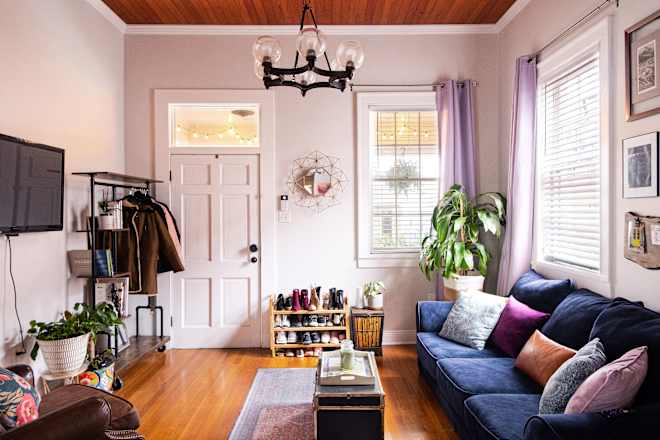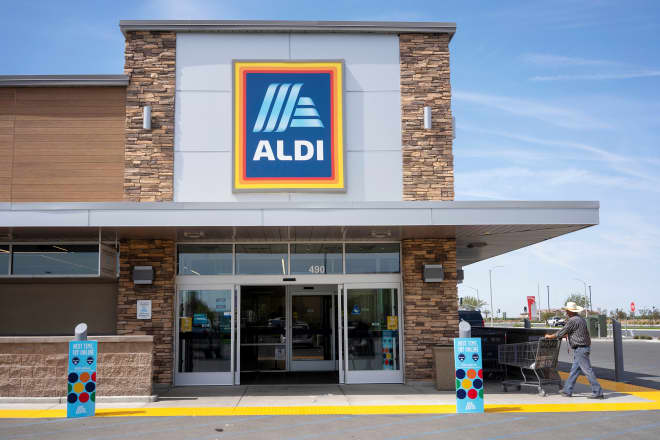Elevating Real Estate Operations: Digital Property Solutions

In today's rapidly evolving real estate landscape, property managers and landlords face increasingly complex challenges in maximizing asset performance while maintaining tenant satisfaction. The digital transformation sweeping across industries has reached the property management sector, offering innovative solutions to streamline operations, enhance communication, and drive profitability. This comprehensive guide explores how specialized software is revolutionizing property management, with particular focus on implementations in the United Arab Emirates and Dubai's dynamic real estate market.
The Evolution of Property Management
Traditional property management involved mountains of paperwork, manual record-keeping, and fragmented communication channels. Property managers would spend countless hours processing rent payments, coordinating maintenance requests, and generating financial reports. This approach presented several challenges:
- Time-intensive administrative tasks limiting focus on strategic initiatives
- Delayed responses to tenant inquiries and maintenance requests
- Inconsistent documentation leading to financial discrepancies
- Limited visibility into property performance metrics
- Difficulty scaling operations across multiple properties
As portfolios expanded and tenant expectations evolved, these inefficiencies became increasingly problematic. Property owners and managers recognized the need for technological solutions that could streamline operations, improve tenant experiences, and provide data-driven insights for better decision-making.
Property Management Software: Transforming Real Estate Operations
Property management software represents a technological ecosystem designed specifically to address the unique challenges of real estate portfolio administration. These platforms integrate various functions into unified systems, creating seamless workflows that enhance efficiency across all aspects of property management.
Core Functionality
Modern property management solutions typically encompass several key modules:
Financial Management
The financial components of property management software automate critical accounting functions:
- Rent collection and payment processing
- Automatic generation and tracking of invoices
- Expense management and vendor payment systems
- Financial reporting with customizable templates
- Budget creation and performance tracking
- Tax documentation preparation
These features eliminate manual data entry, reduce accounting errors, and provide real-time visibility into financial performance across properties. By centralizing financial information, property managers can quickly identify trends, address issues, and make data-driven decisions to optimize returns.
Tenant Relationship Management
Effective tenant communication directly impacts retention rates and property performance. Software solutions enhance these interactions through:
- Tenant portals for digital communication
- Automated rent reminders and receipts
- Maintenance request submission and tracking
- Document sharing and digital signature capabilities
- Announcement distribution for building-wide communications
- Tenant screening and application processing
These tools create transparent, documented communication channels that improve tenant satisfaction while reducing the administrative burden on property management teams.
Maintenance Coordination
Property upkeep represents a significant operational challenge. Management platforms streamline maintenance workflows through:
- Digital maintenance request submission
- Work order generation and assignment
- Vendor management and scheduling
- Progress tracking and completion confirmation
- Preventive maintenance scheduling
- Maintenance history documentation
By digitizing maintenance processes, property managers can ensure timely resolution of issues, extend the lifespan of building systems, and maintain detailed records of all property maintenance activities.
Lease Management
Comprehensive lease administration capabilities include:
- Digital lease creation with customizable templates
- Automated renewal notifications
- Lease violation tracking
- Move-in and move-out coordination
- Security deposit management
- Lease document storage and retrieval
These features ensure consistency in lease administration while reducing the risk of missed renewal opportunities or compliance issues.
Reporting and Analytics
Data-driven insights enable strategic decision-making. Advanced reporting features typically include:
- Customizable dashboard views
- Performance metrics across properties
- Occupancy and vacancy analysis
- Rent collection efficiency tracking
- Maintenance cost analysis
- Return on investment calculations
By transforming raw data into actionable intelligence, these reporting capabilities help property managers identify underperforming assets, optimize rental pricing, and allocate resources effectively.
Technology Integrations
Modern property management platforms extend functionality through integration with complementary technologies:
Mobile Applications
Mobile-optimized interfaces allow property managers to:
- Access property information from anywhere
- Respond to urgent issues while in the field
- Conduct property inspections with digital documentation
- Process payments and update records in real-time
- Communicate with tenants instantly
This mobility enhances responsiveness and enables effective management even when managers are away from their desks.
Smart Building Technology
Integration with IoT devices and building systems offers enhanced capabilities:
- Remote monitoring of building systems
- Automated alert generation for equipment malfunctions
- Energy usage optimization
- Smart access control management
- Predictive maintenance based on equipment performance data
These integrations create intelligent buildings that can be monitored and managed more efficiently, reducing operational costs while improving tenant experiences.
Virtual Tours and Digital Marketing
Property marketing features often include:
- Virtual tour capabilities for vacant units
- Automated listing syndication across rental platforms
- Applicant tracking and screening
- Digital marketing analytics
- Website integration for property portfolios
These tools reduce vacancy periods by streamlining the marketing process and expanding the reach of property listings.
Benefits of Implementation
Organizations that successfully implement property management software typically realize several significant advantages:
Operational Efficiency
Process automation eliminates redundant tasks and streamlines workflows, allowing property management teams to accomplish more with fewer resources. Studies indicate that comprehensive software implementation can reduce administrative workloads by 20-30%, freeing staff to focus on value-adding activities.
Enhanced Decision-Making
Centralized data collection and robust reporting provide property owners and managers with unprecedented visibility into portfolio performance. This data-driven approach enables more informed decisions regarding rental rates, maintenance investments, and property acquisitions or dispositions.
Improved Tenant Experiences
Digital interfaces and automated communication enhance tenant satisfaction by providing convenient self-service options and ensuring prompt responses to inquiries. Higher tenant satisfaction directly correlates with improved retention rates and reduced turnover costs.
Financial Performance
Through better rent collection processes, reduced vacancy periods, and optimized maintenance spending, property management software can significantly impact financial outcomes. Organizations typically report 5-10% improvements in overall NOI following successful implementation.
Scalability
Standardized processes and centralized information management enable organizations to scale operations efficiently. Property managers can add new properties to their portfolios without proportional increases in administrative staff, creating economies of scale that improve profitability.
Property Management Software UAE: Market Dynamics and Implementation Trends
The United Arab Emirates represents a unique real estate environment with specific requirements and challenges for property management professionals. The market encompasses diverse property types—from luxury residential towers to sprawling commercial complexes—each demanding specialized management approaches.
Market Characteristics
Several factors influence property management software adoption across the UAE:
Regulatory Environment
The UAE's real estate sector operates under specific regulatory frameworks that vary by emirate. Property management solutions must accommodate:
- RERA (Real Estate Regulatory Agency) compliance requirements in Dubai
- Department of Municipal Affairs and Transport regulations in Abu Dhabi
- Municipality guidelines across other emirates
Software providers serving the UAE market typically incorporate features that facilitate compliance with these regulatory requirements, including specific documentation formats and reporting capabilities.
Multicultural Tenant Base
The UAE's diverse population includes residents from over 200 nationalities, creating unique communication requirements. Effective property management platforms in this market often feature:
- Multi-language interfaces and communication templates
- Cultural sensitivity in notification timing and content
- Diverse payment method support accommodating international preferences
- Documentation formats meeting various embassy requirements for housing verification
This multicultural dimension necessitates flexibility in communication approaches and tenant interaction models.
Seasonal Occupancy Patterns
Certain segments of the UAE property market experience seasonal occupancy fluctuations influenced by:
- Academic calendars for educational institution-adjacent properties
- Tourism seasons affecting short-term rental markets
- Business cycles impacting corporate housing demand
- Summer temperature increases affecting occupancy in certain regions
Property management systems must accommodate these seasonal patterns with robust vacancy management and variable pricing capabilities.
Implementation Considerations
Organizations implementing property management software in the UAE market should consider several key factors:
Localization Requirements
Effective solutions address local market specifics through:
- Support for AED currency and local tax regulations
- Integration with UAE banking systems for direct debits
- Hijri calendar integration for scheduling with Islamic holiday awareness
- Compliance with UAE data sovereignty requirements
- Local technology infrastructure compatibility
These localization features ensure seamless operation within the UAE business environment.
Market-Specific Integrations
Integration capabilities particular to the UAE market include:
- Ejari registration system connections in Dubai
- Tawtheeq system integration for Abu Dhabi properties
- Connection to UAE Pass digital identity system
- DEWA and other utility provider interfaces
- Local facilities management service providers
These integrations streamline compliance and operational processes unique to UAE property management.
Deployment Models
The UAE market supports various deployment approaches:
- Cloud-based solutions offering accessibility for international property owners
- On-premises implementations addressing data security concerns
- Hybrid models balancing accessibility with data governance requirements
- Mobile-first platforms supporting field-based management teams
Organizations must evaluate these options based on their specific portfolio characteristics, team structure, and operational requirements.
Market Leaders and Adoption Trends
The UAE property management software market includes both global providers and local solutions developed specifically for regional requirements. Several trends characterize current adoption patterns:
Enterprise Implementations
Large property development and management companies increasingly implement comprehensive enterprise solutions that integrate with broader business systems. These organizations typically prioritize:
- Robust financial reporting capabilities
- Portfolio-wide analytics
- Multi-entity accounting features
- Advanced forecasting and modeling tools
This segment often adopts customized implementations of international platforms adapted to local requirements.
SME Solutions
Small to medium property management companies and individual landlords increasingly utilize cloud-based solutions offering:
- Simplified implementation requirements
- Subscription-based pricing models
- Essential functionality without complex customization
- User-friendly interfaces requiring minimal training
This market segment has seen significant growth as smaller property management operations recognize the competitive advantages offered by digital solutions.
Emerging Technology Integration
Forward-thinking organizations across the UAE increasingly explore integration of property management systems with:
- Blockchain technology for transparent transaction records
- Artificial intelligence for predictive maintenance and pricing optimization
- Virtual reality for remote property tours and inspections
- Drone technology for building exterior assessments
- Advanced analytics for portfolio optimization
These technology integrations represent the cutting edge of property management innovation in the UAE market.
Property Management Software Dubai: Market-Specific Applications
Dubai's position as a global real estate hub presents unique opportunities and challenges for property management professionals. The emirate's diverse property portfolio—ranging from the world's tallest building to expansive villa communities—requires sophisticated management approaches supported by robust technological solutions.
Dubai Market Distinctives
Several characteristics distinguish Dubai's property management requirements:
Asset Diversity
Dubai's property market encompasses extraordinary diversity:
- Ultra-luxury residential towers with complex amenity systems
- Master-planned communities with extensive common areas
- Mixed-use developments combining residential, retail, and commercial spaces
- Holiday homes and short-term rental properties
- Staff accommodation and affordable housing developments
This diversity necessitates flexible management platforms that can accommodate varying property types within unified systems.
Regulatory Framework
Dubai's Real Estate Regulatory Agency (RERA) establishes specific requirements for property management operations:
- Mandatory registration of tenancy contracts through Ejari
- Specific service charge calculation and collection methodologies
- Defined maintenance responsibilities and standards
- Owner association management guidelines
- Strict holiday home licensing requirements
Effective software solutions incorporate these regulatory elements into standardized workflows, ensuring compliance while streamlining operations.
International Ownership
Dubai's property market features significant international investment, with many property owners residing outside the UAE. This creates demand for:
- Remote management capabilities with comprehensive digital interfaces
- Enhanced security and authorization protocols
- International payment processing options
- Time-zone appropriate communication scheduling
- Multi-currency reporting features
These capabilities enable effective management of Dubai properties regardless of owner location.
Implementation Success Factors
Organizations implementing property management solutions in Dubai's competitive market should consider several critical success factors:
Integration Ecosystem
Successful implementations typically feature robust integration with Dubai-specific systems:
- Ejari portal connections for tenancy contract registration
- Dubai Land Department interfaces for ownership verification
- DEWA smart metering systems for utility monitoring
- Dubai Municipality services for various permissions and approvals
- Payment gateway integration with UAE-specific providers
These integrations create seamless workflows that eliminate manual data transfer between systems.
User Adoption Strategies
Effective implementation requires thoughtful approaches to change management:
- Comprehensive training programs addressing varying technical proficiency levels
- Phased implementation approaches beginning with high-impact modules
- Clear communication regarding implementation objectives and benefits
- Identification and empowerment of system champions within management teams
- Continuous feedback mechanisms for system refinement
Organizations that invest in these adoption strategies typically realize higher returns on their technology investments.
Vendor Selection Criteria
When evaluating property management software providers for Dubai implementations, organizations should assess:
- Local presence and support capabilities
- Experience with similar property portfolios in the Dubai market
- Understanding of RERA requirements and other regulatory frameworks
- System flexibility to accommodate unique property characteristics
- Implementation methodology and proven success record
- Commitment to ongoing system enhancement and regulatory updates
Thorough vendor evaluation based on these criteria increases implementation success probability.
Future Trends
Dubai's property management technology landscape continues evolving, with several emerging trends shaping future implementations:
Sustainability Integration
As Dubai pursues ambitious sustainability goals, property management systems increasingly incorporate:
- Energy consumption monitoring and optimization
- Water usage tracking and conservation tools
- Waste management performance metrics
- Green building certification maintenance support
- Carbon footprint calculation and reporting
These capabilities support Dubai's vision of becoming a global leader in sustainable urban development.
Experience-Centric Management
Dubai's competitive rental market drives increasing focus on tenant experience management:
- Community engagement platforms integrated with management systems
- Lifestyle service coordination through tenant portals
- Amenity booking and management capabilities
- Feedback collection and experience measurement tools
- Personalized communication based on tenant preferences
These experience-enhancing features help property managers differentiate their offerings in Dubai's sophisticated market.
Artificial Intelligence Applications
Leading-edge implementations leverage AI capabilities for:
- Predictive maintenance based on historical performance data
- Dynamic pricing recommendations responding to market conditions
- Virtual property assistants handling routine tenant inquiries
- Anomaly detection in building system performance
- Automated lease renewal risk assessment
These AI applications represent the next frontier in Dubai's property management technology evolution.
Implementation Best Practices
Organizations considering property management software implementation can maximize return on investment by following established best practices:
Assessment and Planning
Successful implementation begins with thorough preparation:
Requirements Definition
Comprehensive documentation of operational requirements should address:
- Current process mapping identifying pain points and inefficiencies
- Future state workflow design eliminating redundant steps
- Critical integration points with existing systems
- Reporting and analytics requirements for decision support
- Compliance and regulatory documentation needs
- User experience expectations across stakeholder groups
This detailed requirements assessment provides the foundation for system selection and implementation planning.
Stakeholder Engagement
Early involvement of key stakeholders enhances implementation success:
- Property owners and investors defining financial reporting requirements
- Management team members identifying operational priorities
- Maintenance staff providing input on work order management needs
- Accounting personnel defining financial process requirements
- Tenant representatives offering perspective on communication needs
- IT staff addressing integration and security considerations
This inclusive approach ensures the selected solution addresses the needs of all system users.
Selection Process
A structured selection methodology reduces implementation risk:
Evaluation Framework
Organizations should develop clear evaluation criteria including:
- Feature alignment with documented requirements
- Total cost of ownership including implementation and ongoing fees
- Implementation timeline and resource requirements
- User interface intuitiveness and accessibility
- Mobile capabilities for field-based operations
- Support services and training resources
- Vendor financial stability and development roadmap
This framework enables objective comparison of potential solutions across relevant dimensions.
Proof of Concept
Before full implementation, organizations should conduct limited-scope testing:
- Prototype implementation with a subset of properties
- Scenario-based testing addressing critical workflows
- Integration validation with existing systems
- User experience evaluation with representative stakeholders
- Performance assessment under realistic data volumes
- Security and compliance verification
These proof-of-concept exercises identify potential issues before full-scale deployment.
Implementation Approach
Effective implementation strategies typically include:
Phased Deployment
Rather than attempting comprehensive implementation simultaneously, organizations benefit from staged approaches:
- Module-by-module implementation beginning with core functionality
- Property-by-property rollout starting with less complex assets
- User group sequencing based on impact and readiness
- Geographical staging for organizations with dispersed portfolios
- Parallel systems operation during transition periods
These phased approaches reduce operational disruption and allow for adjustment based on early implementation learnings.
Data Migration Strategy
Successful data transition requires careful planning:
- Data cleansing before migration to eliminate duplicates and errors
- Field mapping documentation between legacy and new systems
- Validation protocols ensuring data integrity after transfer
- Historical data prioritization based on operational requirements
- Hybrid access strategies during transition periods
Thoughtful data migration planning prevents information loss and ensures business continuity during system transitions.
Ongoing Optimization
Implementation represents the beginning rather than the conclusion of the digital transformation journey:
Continuous Improvement
Organizations should establish mechanisms for ongoing system refinement:
- Regular user feedback collection through surveys and focus groups
- Performance metric tracking against implementation objectives
- Periodic workflow reviews identifying optimization opportunities
- Best practice sharing across management teams
- Regular vendor engagement regarding enhancement requests
This continuous improvement mindset ensures the system evolves alongside business requirements.
Training and Support
Ongoing education supports effective system utilization:
- Initial training differentiated by user role and responsibility
- Refresher sessions addressing common challenges
- Advanced capability workshops as user proficiency increases
- New feature orientation following system updates
- Knowledge base development for self-service learning
- Peer support network cultivation within the organization
This educational approach maximizes return on the technology investment by ensuring full utilization of system capabilities.
Conclusion
Property management software represents a transformative technology for real estate operations, particularly in sophisticated markets like the UAE and Dubai. By centralizing information, automating routine tasks, enhancing communication, and providing data-driven insights, these platforms fundamentally alter the property management landscape.
Organizations that successfully implement these solutions gain significant competitive advantages through operational efficiency, enhanced tenant experiences, improved financial performance, and data-powered decision-making capabilities. As the technology continues evolving to incorporate artificial intelligence, IoT integration, and advanced analytics, the potential for further optimization remains substantial.
The most successful implementations combine thoughtful technology selection with comprehensive change management strategies, recognizing that digital transformation encompasses people and processes alongside technology platforms. By approaching implementation as a strategic initiative rather than merely a software purchase, real estate organizations position themselves for sustained success in increasingly competitive markets.
As property management continues its digital evolution, organizations that embrace these technological capabilities will define the future of real estate operations in the UAE, Dubai, and beyond.
Frequently Asked Questions
What are the typical implementation timeframes for property management software in Dubai real estate companies?
Implementation timeframes vary significantly based on portfolio complexity and system scope. Small to medium portfolios with straightforward requirements typically require 2-4 months from contract signing to full deployment. Enterprise implementations encompassing multiple property types and complex integrations may extend to 6-12 months. Cloud-based solutions generally offer faster implementation paths compared to on-premises deployments. Organizations should plan for phased implementations, beginning with core functionality and expanding to advanced features as users develop system proficiency.
How does property management software address the unique multi-currency requirements of UAE real estate investors?
Sophisticated property management platforms serving the UAE market incorporate several multi-currency capabilities: simultaneous tracking of property values and transactions in multiple currencies; automated exchange rate updates from financial data providers; configurable reporting with currency conversion options; separate presentation currencies for different stakeholders; and currency-specific bank account management. Additionally, systems store historical exchange rates for accurate period-over-period comparisons. These features enable property owners with international portfolios to maintain consolidated visibility while accommodating local currency transactions.
What security considerations should UAE property management companies prioritize when selecting software solutions?
UAE property management organizations should evaluate several security dimensions: data sovereignty compliance with UAE regulations; encryption standards for sensitive personal and financial information; role-based access controls with granular permission settings; authentication systems including multi-factor options; audit logging capabilities documenting all system activities; backup and disaster recovery protocols; and vendor security certifications such as ISO 27001. Additionally, organizations should verify compliance with UAE cybersecurity regulations and GDPR requirements for companies handling European tenant data. Cloud implementations should include clear data location specifications ensuring compliance with local requirements.
How can property management software help Dubai landlords comply with holiday home regulations?
Specialized modules within property management platforms support Dubai's distinctive holiday home requirements through several mechanisms: automated generation of DTCM-compliant documentation; guest registration workflow integration with required government systems; occupancy reporting according to regulatory formats; dynamic pricing tools respecting minimum rate regulations; digital guest verification processes; housekeeping and maintenance scheduling aligned with quality standards; financial reporting for tourism dirham collection; and amenity tracking ensuring compliance with category-specific requirements. These features streamline compliance while optimizing the operational efficiency of short-term rental properties.
What ROI metrics should UAE property owners track when evaluating property management software implementations?
Comprehensive ROI assessment should include both quantitative and qualitative metrics: vacancy rate reduction through improved marketing and tenant retention; operational cost savings through staff efficiency improvements; maintenance expense optimization through preventive scheduling; late payment reduction through automated reminders; accounting staff time savings; legal cost reduction through improved compliance; tenant renewal rate improvements; and property manager capacity increases (units managed per staff member). Additionally, organizations should track qualitative benefits including improved decision quality through data access, enhanced tenant satisfaction through communication improvements, and increased organizational agility in responding to market changes.











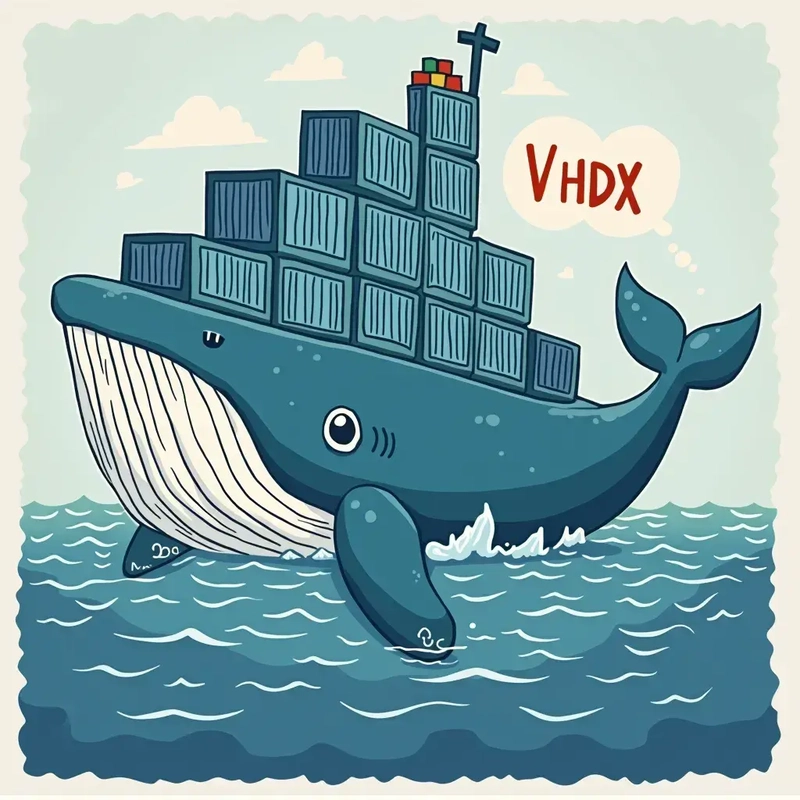



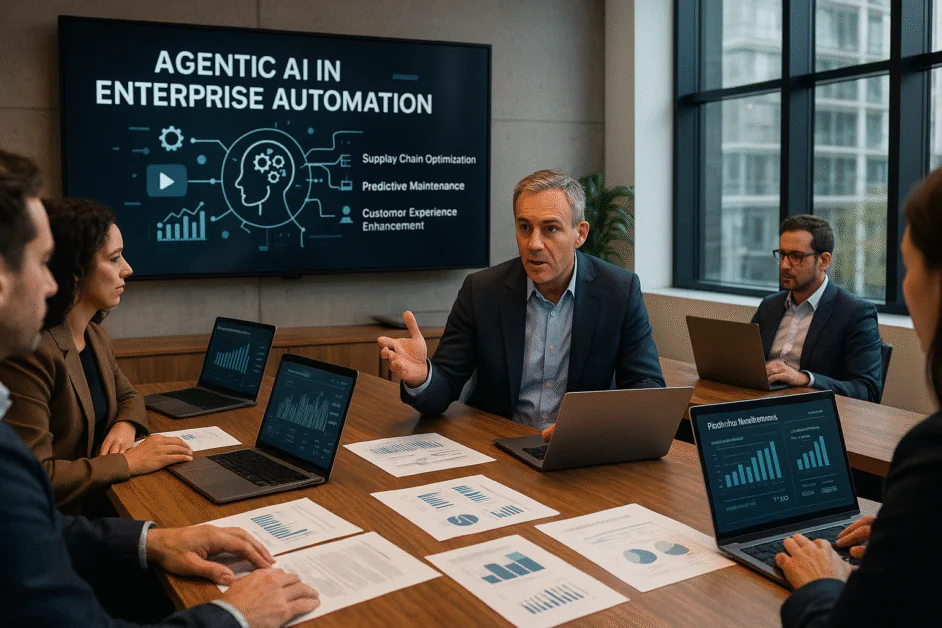


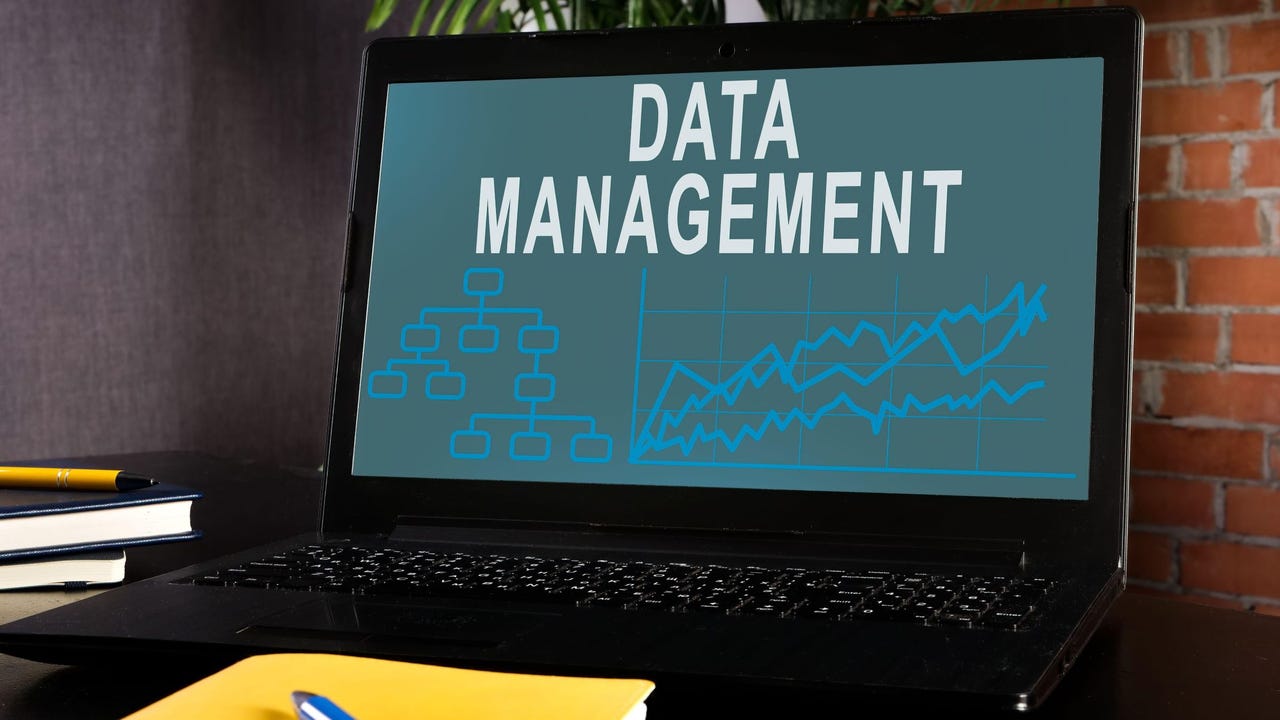

_Dzmitry_Skazau_Alamy.jpg?width=1280&auto=webp&quality=80&disable=upscale#)













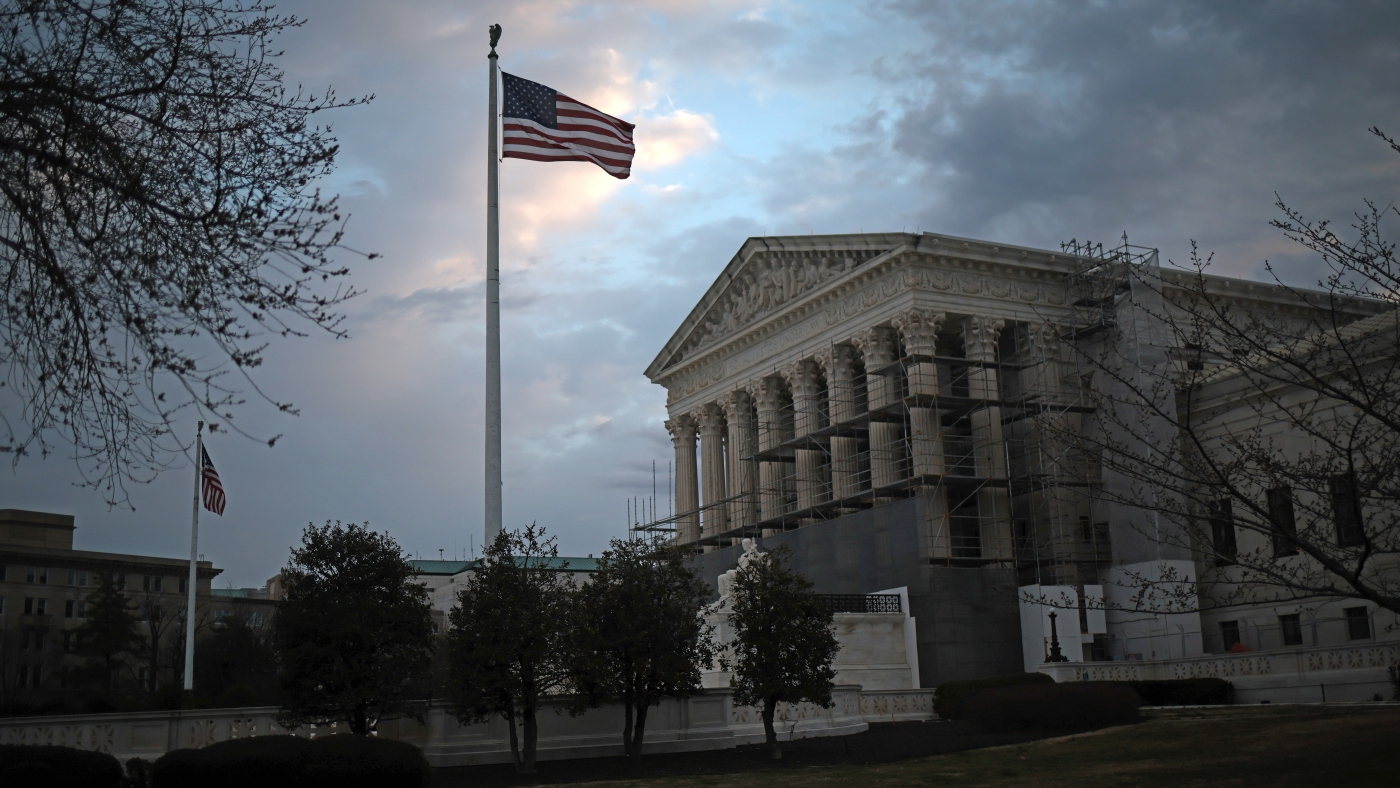
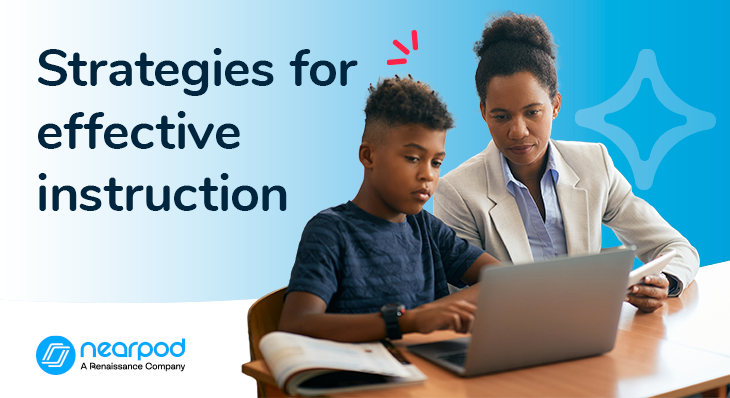









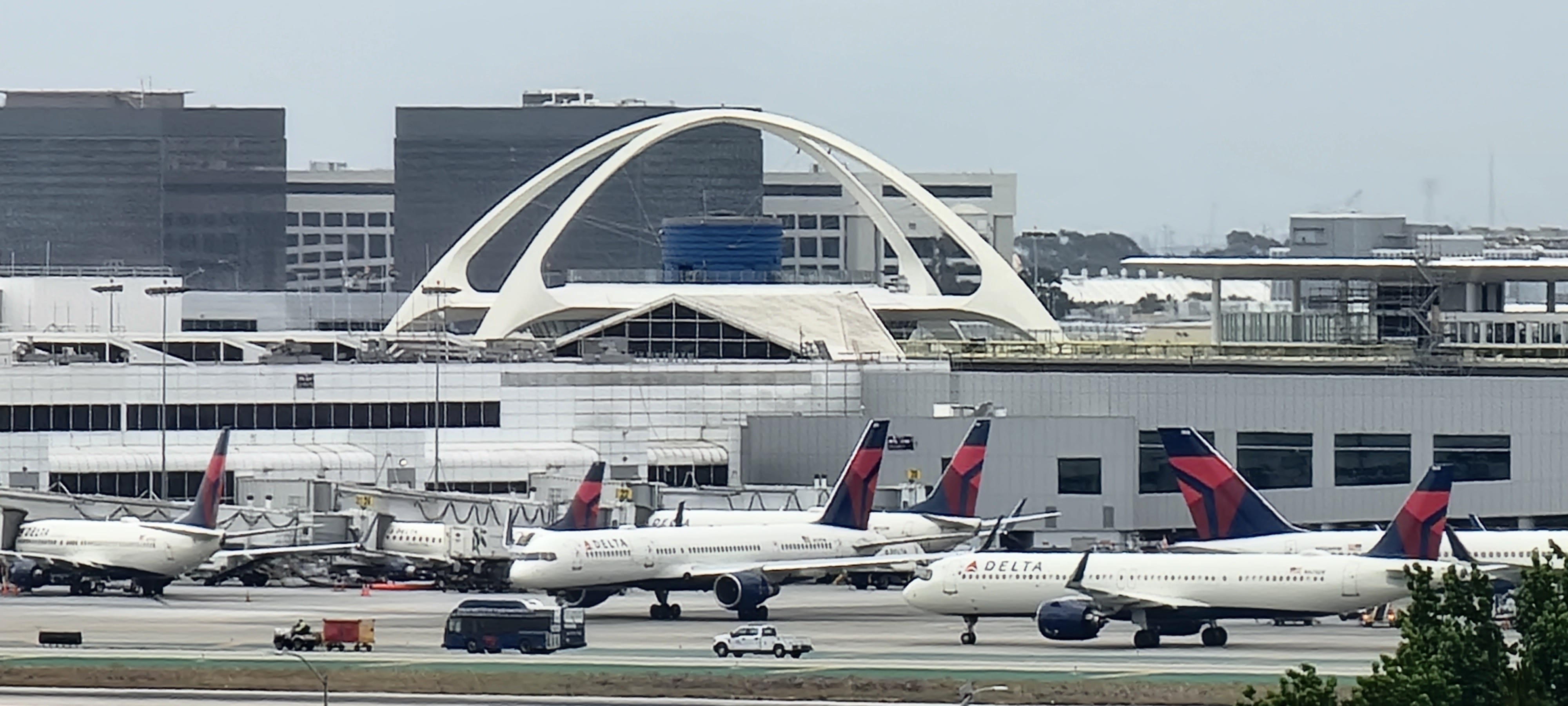
![American Airlines Offering 5,000-Mile Main Cabin Awards—Because Coach Seats Aren’t Selling [Roundup]](https://viewfromthewing.com/wp-content/uploads/2017/11/20171129_062837.jpg?#)












